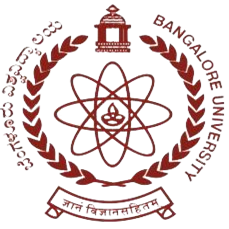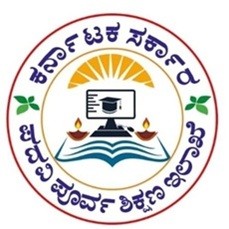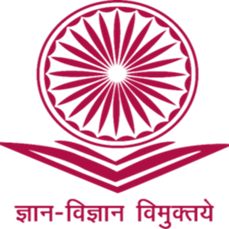
Bangalore University
Located in the Garden City of Bangalore aptly hailed as the “IT capital of India” was established in July 1964 as an offshoot of the University of Mysore, primarily to include institutions of Higher learning located in the metropolitan city of Bangalore and the districts of rural Bangalore, Kolar.

Mysore University
The University of Mysore is a public state university in Mysore, Karnataka, India. The university was founded during the reign of Krishnaraja Wodeyar IV, the Maharaja of Mysore. It opened on 27 July 1916. Its first chancellor was the Maharaja of Mysore; the first Vice-Chancellor was H. V. Nanjundaiah.

Pre-university
The Department of Pre-University, Government of Karnataka is the organization for implementation of higher secondary education in the state. We function under the Department of Primary & Secondary Education.

UGC
The University Grants Commission of India (UGC India) is a statutory body set up by the Indian Union government in accordance to the UGC Act 1956 under Ministry of Human Resource Development, and is charged with coordination, determination and maintenance of standards of higher education.

Bengaluru North University
Bengaluru North University (BNU) is a state university[1] located in Tamaka, near NH 75 in Kolar, Karnataka, India. The university was established in 2017 by the Government of Karnataka through the Karnataka State Universities (Amendment) Act, 2015[2] trifurcating Bangalore University by creating Bengaluru North University and Bengaluru Central University

